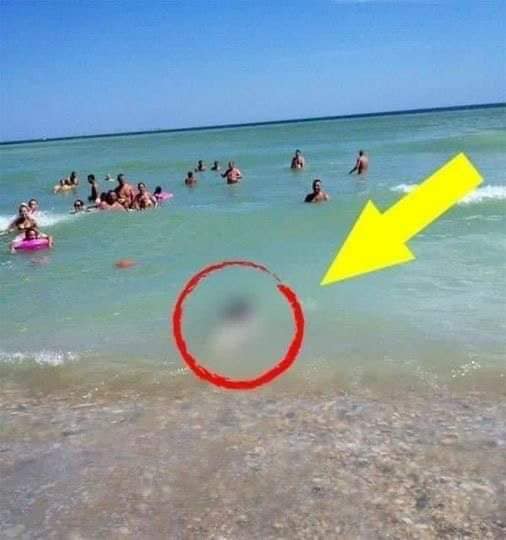Tourists on the Romanian coast recently witnessed a tragic sight when a wounded dolphin washed up with the waves. The dolphin, identified as a Delphinus delphis species, had suffered multiple injuries, likely caused by fishermen’s nets, and despite efforts to save it, the mammal didn’t survive.
This incident is a stark reminder of the dangers marine life faces, particularly from human activities. The Black Sea is home to three species of marine mammals, each with unique characteristics and behaviors:
- Common Dolphin (Delphinus delphis ponticus)
- Bottlenose Dolphin (Tursiops truncatus ponticus)
- Harbor Porpoise (Phocoena phocoena relicta)
Dolphin Species of the Black Sea
Each of these species exhibits differences in both anatomy and habitat preferences, largely based on their dietary needs. The bottlenose dolphin and harbor porpoise mainly rely on benthic organisms and fish, usually found near the seabed. They are more often seen in coastal areas. On the other hand, the common dolphin primarily feeds on fish and organisms within the water column, often frequenting offshore zones.
The Delphinus delphis species, or common dolphin, is recognized by its bluish-gray to brown dorsal coloring and a characteristic V-shaped boundary on its sides. Its dorsal, pectoral, and caudal fins are dark, ranging from black to gray-brown. At birth, these dolphins measure about 80-95 cm in length and, in the Black Sea, they rarely exceed 2 meters, with males reaching around 177 cm and females 159 cm.
Behavioral Characteristics and Lifespan
Common dolphins are social animals, often found in groups of 10-15 individuals, though they can also be seen in pairs or alone. They are known for their speed, capable of swimming up to 50 km/h. These agile creatures perform frequent short dives and resurface to breathe in intervals of just 1-3 seconds. They are typically found at depths of up to 70 meters, where they thrive.
Reaching sexual maturity at two years, female dolphins carry their young for about 10 months. After birth, the calf is weaned by four months, and the mother exhibits strong maternal instincts. These dolphins have a lifespan of 25-30 years, during which their diet consists primarily of small pelagic fish such as sprats, anchovies, and gobies. They also consume a variety of other species like horse mackerel, cod, red mullet, and even crustaceans like shrimp and mollusks. On average, they eat around 10 kg of food daily.
Conservation and Threats
The dolphin’s death highlights the delicate balance these creatures maintain in an increasingly hazardous environment. The common dolphin is particularly sensitive to both chemical and acoustic pollution, making the Black Sea’s ecosystem a critical area for conservation efforts. Fishing nets and pollution continue to pose significant threats to the survival of marine mammals in the region.
As more people become aware of the dangers these species face, it is vital to increase conservation efforts and ensure the safety of these incredible marine creatures. Events like this serve as a reminder of the importance of protecting our oceans and the life within them.
This tragic incident is a call to action for better marine conservation practices, reminding us of the fragility of marine life and the urgent need for greater environmental protection.

